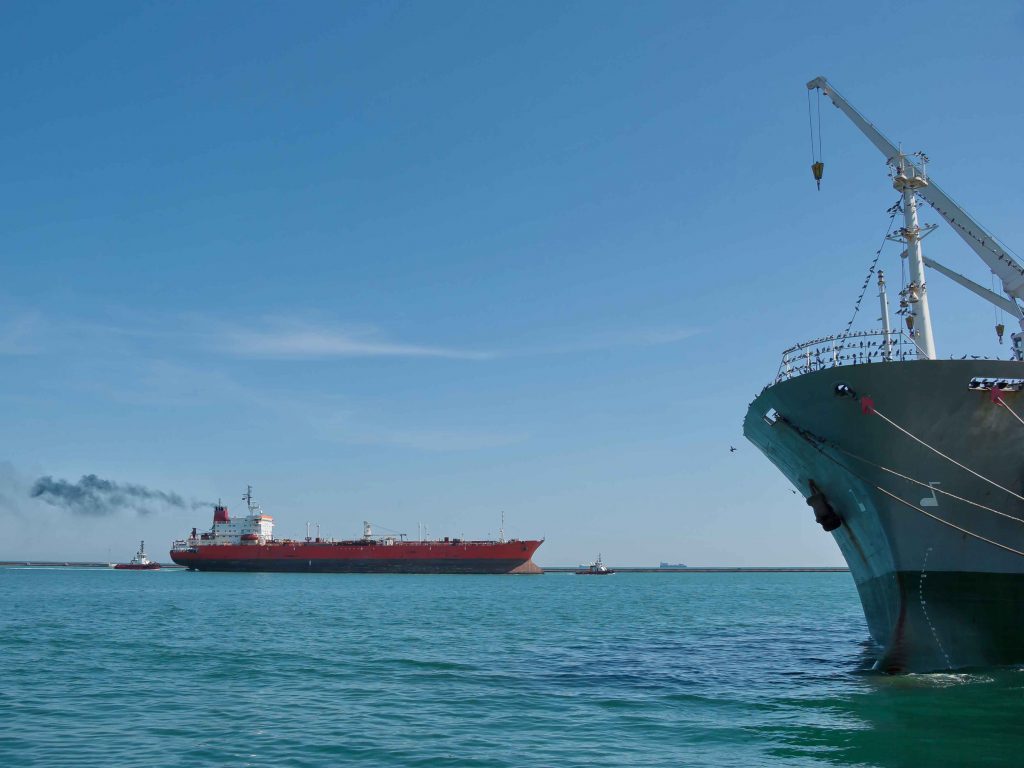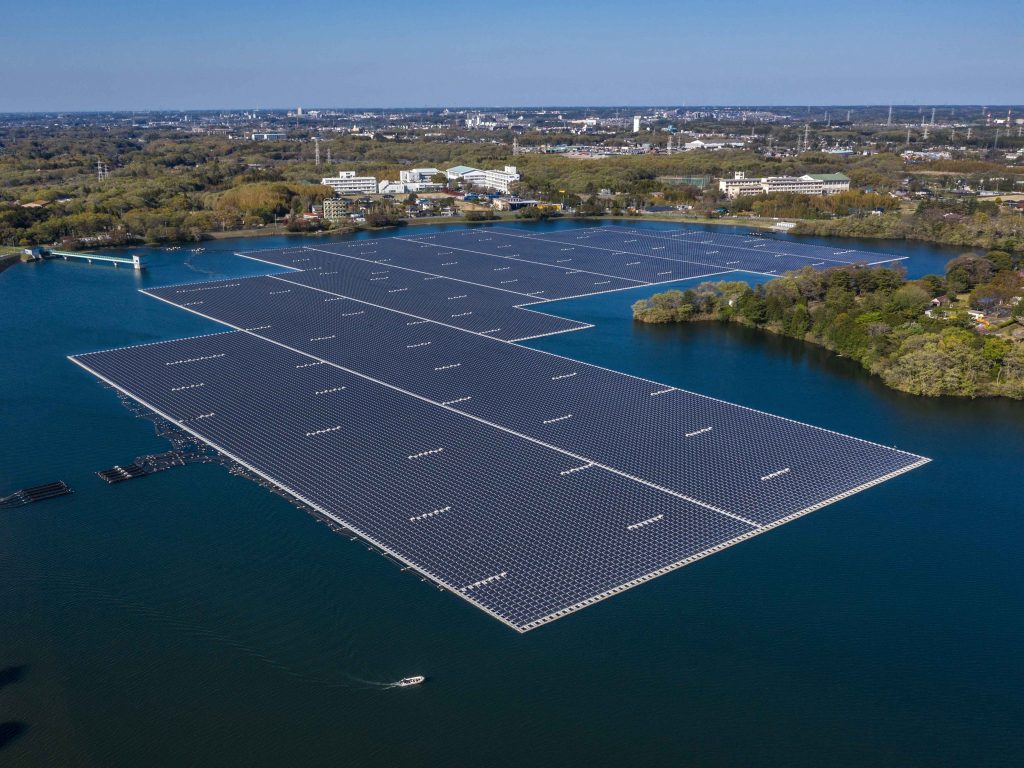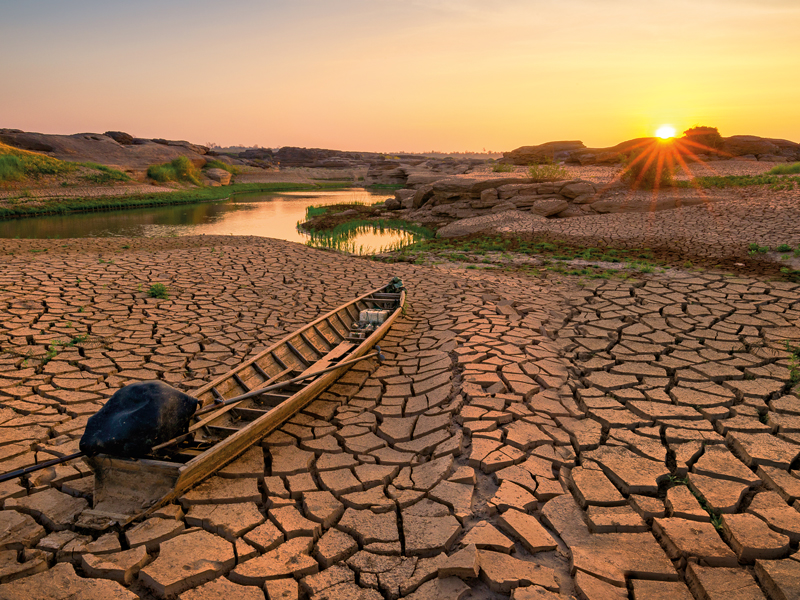Brazilian Enterprise
Suape Complex is at the forefront of the dynamic development within Brazil
Suape Complex is at the forefront of the dynamic development within Brazil
Brazil is experiencing a very special moment. Endowed with a strong and stable economy, it is attracting a large amount of investment and is growing apace. One of the key protagonists of this growth is the state of Pernambuco. With a privileged coastline that extends for about 200km, and two international airports, the area receives a large influx of tourists and distributes cargo to all continents. Pernambuco is one of the largest consumer markets in the region, being the first in reward profile. It offers opportunities in various business sectors and most of them are concentrated in the Suape Port Industrial Complex.
The Suape Complex is the engine of Pernambuco and the largest centre of investment within the country. In 2010, the Logistics and Supply Chain Institute (ILOS) ranked Suape as the best public port in Brazil. Located in the metropolitan region of Recife, it has an area of 13,500 hectares, divided up into: port, industrial, administration and services, ecological preservation and cultural preservation zones.
The port features a modern structure, with depths between 15.5m and 20m with great potential for expansion. Its strategic location in relation to key maritime routes of navigation connects it to more than 160 ports on all continents, with direct lines to Europe, North America and Africa.
The port movement rapidly grows in perspective and pace, reinforcing Suape as a hub port. In 2011 it will achieve 11 million tonnes with fast containers movement increased by 35 percent. In 2016, the perspective is to reach 50 million tonnes. The design of port-industry offers ideal conditions for the establishment of enterprises in various sectors. Suape has a terrestrial infrastructure itself, in constant development and modernisation, with railways and highways. It will be interconnected to all sectors of the northeast region through the Transnordestina railway. The inner port has recently gained new berths and, in addition, the complex also has supplies of natural gas, electricity, untreated and treated water.
Refining success
There are already more than 100 operating companies in the port, responsible for more than 25,000 direct jobs and another 50 under construction. Among them, industries in chemicals, metal mechanic, shipbuilding and logistics will all strengthen the clusters of power generation, liquid bulks and gases, food and wind power. Furthermore, spaces are available for other industries such as metal and construction, grain production and logistics. It all adds up to more than $40bn in investments, 15,000 jobs and generating more than 40,000 construction jobs.
The Abreu e Lima refinery, which is being built in the Suape Complex, is the only refinery designed to process heavy oil. With a capacity of 230,000 barrels per day, the refinery will deal with the large diesel demand in the north and northeast regions. Furthermore, the refinery will produce coke, naphtha and LPG. The project was budgeted at $13.5bn and its operation will generate 1,500 direct jobs.
Suape is the symbol of the new Brazilian naval industry. The Atlântico Sul shipyard, the largest and most modern shipyard in the southern hemisphere, with the capacity to produce ships and platforms of any size, is already operational. Three other shipyards are lodging: PROMAR, CMO (Construção e Montagem de Offshore S/A) and e Galíctio. Together, the projects total investment is over $2.3bn and will lead to over 20,000 new jobs.
In Suape’s petrochemical pole, which will create 1,800 jobs, $2bn has already been invested. The Suape Petrochemical, with its PET, PTA and polyester yarn production units will help put forward the textile centre in the northeast region of Brazil. The Italian enterprise Mossi & Guisolf, an international benchmark in PET resin, opened the sector’s largest factory complex in the world, enabling the creation of the PET plastic preforms pole.
The Suape Steel Company’s arrival and the attraction of other industries in the sector consolidate a steel pole and metal-mechanic in the complex. It is estimated to produce one million tonnes of metal per year, supplying the local demand of boilers, pipes, vessels and other production components used in refineries and other businesses.
Major work is taking place to build on these new enterprises. More than $600m was invested in the construction of new piers, dredging and highways. In November 2011, engineers initiated dredging, solid dredging and deepening the channel to the external port. This work, expected to be accomplished by late 2013, will make the port more competitive and attractive for enterprises as it will receive any type of ship, including major oil and minerals. The dredging is set to increase the depth of the channel by four meters (from 16m to 20m).
Pushing forward
Currently, Suape has five piers for docking at the port and a pier built of stones of protection framed in “L”, which shelters three piers for liquid bulk, a multipurpose berth and floating LPG storage tanks on the external port. Aiming to expand its structure, four new terminals will be installed: one for solid bulks, another for sugar, a new one for containers and a fourth for grains, with a confirmed investment of over $1bn by 2013.
All investments made are in line with a policy of social and environmental sustainability for the region. In the new masterplan for Suape, 59 percent of its territory is preservation areas, composed by mangrove, restinga and rain forest. The complex also maintains a forest yard with an annual production capacity of 400,000 seedlings. To ensure a balance between growth and environmental development, the project “SuapeSustentável” was created. This project includes state and city governments, civil society organisations and the private sector in order to propose and implement sustainable actions, considering social inclusion, respect to the environment and innovation, while focusing on clean and efficient production processes.
The detection of huge oil reserves, measuring 800km long and 200km wide, in the pre-salt layer between Espírito Santo and Santa Catarina states, at a depth of 5,000-6,000ft below the surface of water, will make Brazil one of the world’s largest oil producers. The Suape Complex will have a key role in the flow of production, estimated at more than 100m barrels, and the construction of ships to offshores transport and oil drilling. As a result, the Suape Global Forum, established in 2008, is aiming to turn Pernambuco in to a prime provider of goods and services to the oil, gas, offshore and shipbuilding industries.
Besides the main responsibilities mentioned, the Suape Complex also has a differentiated policy of tax incentives for new investments. The reductions come up to 75 percent on GST and income tax reductions are provided in a similar magnitude. There are many other incentives at the federal, state and municipal levels. In addition, the loans are guaranteed by federal banks, and Brazilian banks BNB and BNDES.
An industrial revolution is occurring within the economy of Pernambuco and this motion is directly related to the growth of income and the consumer market, large structuring investments throughout the state, and the huge expansion of the Port Industrial Complex Suape.













